5 Tips to Rock Your Registration
If you are hosting a meeting or event, you might think “All I need our meeting registration to do is provide me with a list of who is coming and their contact information.” Done and dusted.
Not so fast.
Meeting registration, when done well, can simplify life for both the meeting planner and the meeting attendees. While set-up may take longer, the benefits of a more detailed registration will increase efficiencies throughout the planning process. Rushing registration set-up may mean that you will need to send attendees additional requests for information.
We recommend thinking carefully about the information you need to know from your attendees – and what your attendees need to know from you – before opening your registration.
Here are some tips to help you rock your registration.
Plan ahead
Take some time to think through your event thoroughly to uncover ALL of the potential data requirements. Consider the following:
a. Are you serving a meal?
b. Do your attendees need any supports for accessibility?
c. Are you requiring COVID vaccinations?
d. Will the attendees be selecting sessions?
e. Are you booking hotels and/or transportation for attendees?
f. Are you giving gifts that require specialization such as sizing or name personalization?
g. Will you be sending a gift or kit in advance of the event?
h. Do you want to ask your attendees for their input or information in advance of the sessions?
i. Establish costs, discount codes, early bird booking discount dates.
j. If there is a cost, how will attendees pay for the event?
k. What are the next steps for your registrants?
Each of the above questions may pinpoint data that you need to collect. You can quickly obtain the data from attendees during the registration process. But be sure to…
Select the right tool!
Don’t use Outlook for your main meeting registration source. Outlook and other calendar programs are great for a typical office/zoom meeting where actual attendance is all that matters but are not robust enough to handle the data collection necessary for most events. However, there are lots of great tools available – typically SaaS programs – that are fully customizable to your events. Some offer the ability to create a website or app for your event as well. Costs, products/modules included, and length of service agreements can vary widely, so do a little research before making a selection.
Personalize, personalize, personalize
Registration is a two-way street. This is your opportunity to disseminate information as well as to gather data. A registration system with conditional logic can be configured to give detailed information to specific segments of your audience. For example, people registering as speakers may be given guidance on travel expenditures and the reimbursement process; while employees may be given information on travel booking procedures and work-time recording for HR purposes. Conditional logic is instrumental in helping you personalize collection of the necessary data - such as shirt size - from specific registrant categories, while not requiring others to answer the same question unnecessarily.
GDPR Compliance
In May of 2018, the General Data Protection Regulation (GDPR) increased regulations and responsibilities for those handling EU citizens’ data. Even if you don’t think you have international attendees, following the guidelines of GDPR can help protect everyone’s data as well as you, the planner. This guide can provide more details with a meetings industry focus – but like this blog post, is not considered legal advice.
In the meeting and events industry, we need to collect personal data to facilitate the attendee’s experience. Therefore, we must be certain that participants give their consent for their data to be used and provide them with specifics about data storage and usage. A well-written opt-in statement at the beginning of your registration process can serve this purpose.
TEST, TEST, TEST
Before going live with registration, enter test registrations for each of your registration categories, carefully proofreading the text and questions asked. Most registration systems will also allow you to create an auto-responder email confirmation – these can be a great communication tool, providing your registrants with important information on next steps and recapping information provided during the registration process. Be sure to proofread the auto-responder for errors, but also to maximize the communication potential.
Goals
Each step in the registration process is an opportunity for communication with your attendees. Collecting data is certainly a central goal but so is providing crucial information to event attendees. Done well, questions and confusion will be eliminated – replaced by well-informed participants and ease of access to necessary information for the planner moving forward.
Don’t have time to research a new tool, or learn how to set it up properly? Let Lead Dog Meeting & Event Management do the work for you! Supporting meeting hosts and providing an elevated experience for attendees is our jam! Contact us for a free 30-minute consultation by emailing CRCaporale@LeadDogOnline.com or phone 856 429 4018.
Lead Dog Meeting & Event Management is a women-owned business, certified as a WBE and a WOSB.




